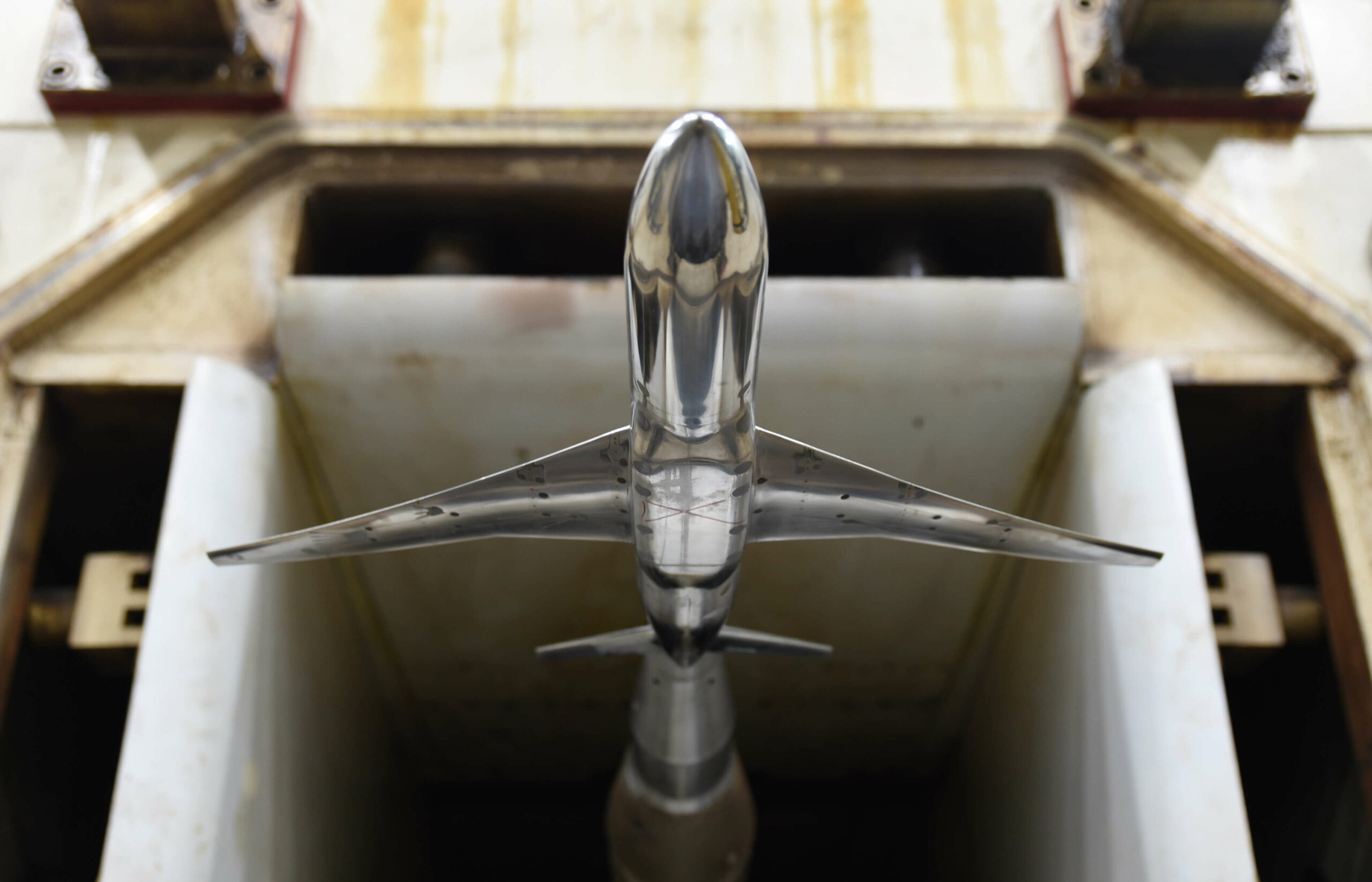The INCAS Trisonic Wind Tunnel is a blowdown type experimental Installation, with an experimental chamber measuring 1.2m x 1.2m.

The tunnel was introduced in 1978 and has the following characteristics:
- Mach number range: [0.1, 3.5];
- Experimental room with solid walls for subsonic / supersonic 1.2 m x 1.2 m;
- Transonic 3D experience room with perforated walls, 1.2 m x 1.2 m, holes inclined at 60 degrees, porosity varying between 0.35% and 9.1%;
- Two-dimensional experience room, 0.48 m x 1.2 m;
- Flexible nozzle for Mach numbers from 1.1 to 3.5;
- Reynolds maximum 100 × 106 in the three-dimensional experience chambers, maximum 150 × 106 in the two-dimensional experience chamber;
- The flow regime is regulated by means of the control valve, which maintains the stagnation pressure at the programmed value.
The tunnel is generally used to determine the aerodynamic performance of models (measuring aerodynamic forces and moments and pressure distributions) and visualizations using a special paint or Schlieren installation.

Trisonic Wind Tunnel control room
Depending on the working conditions, 5-8 bursts can be made per day. The scale and dimensions of the model are the subject of a study and depend on the regime, the maximum loads allowed for the mounting system of the model and for the balance, the aerodynamic locking (the most sensitive in transonic mode).

